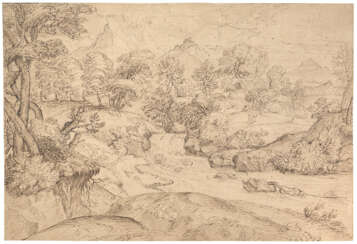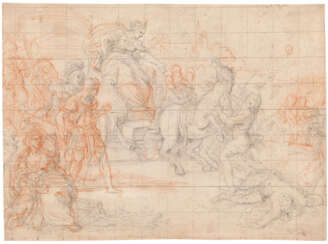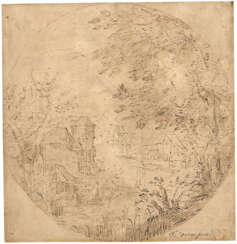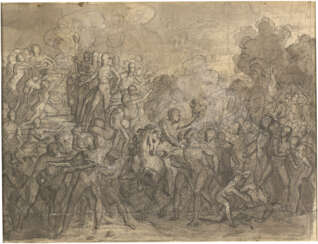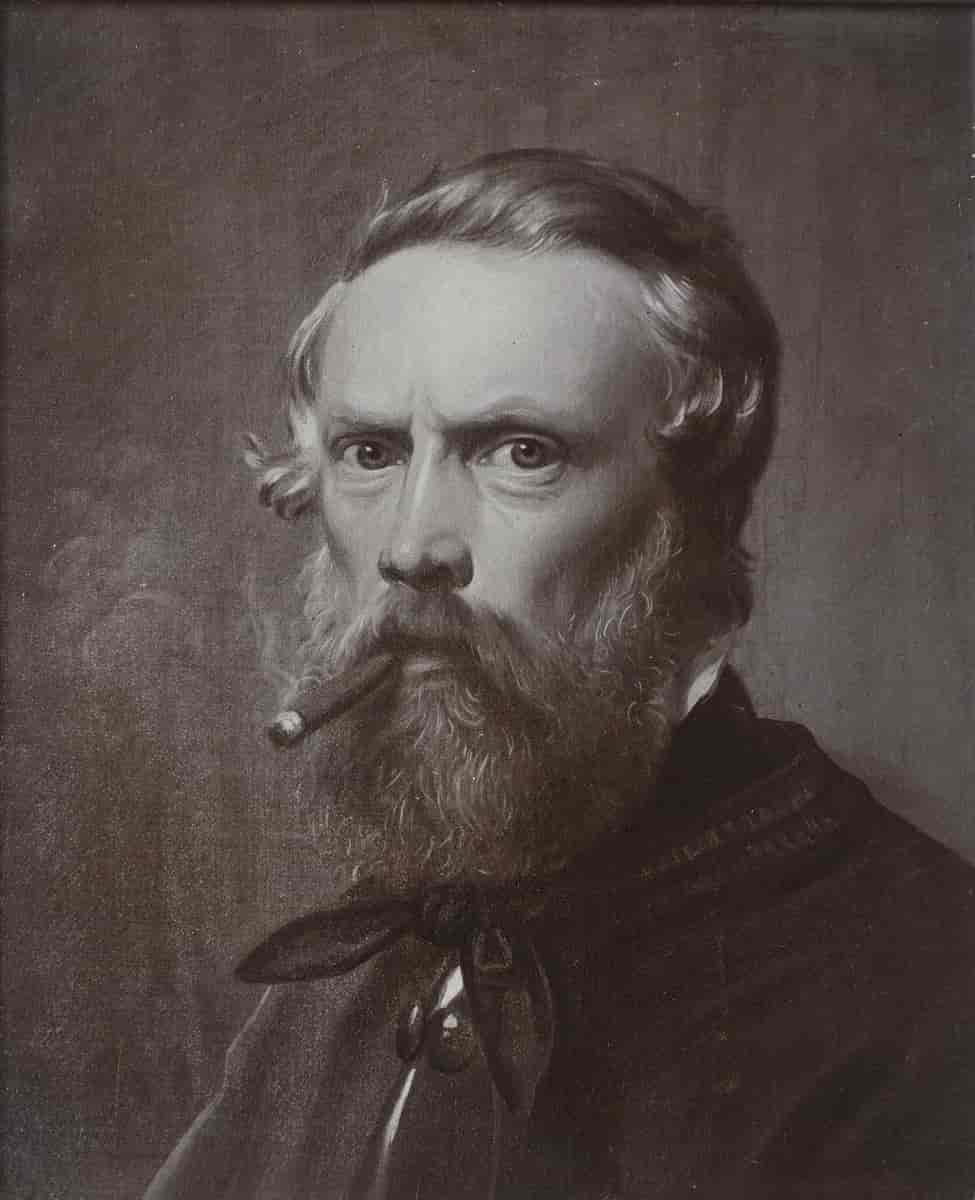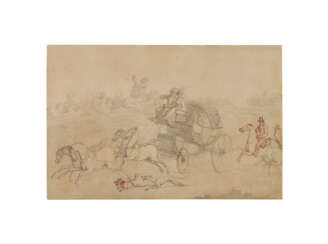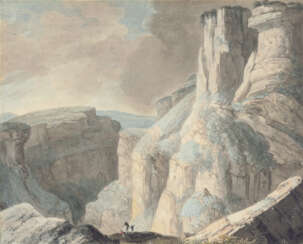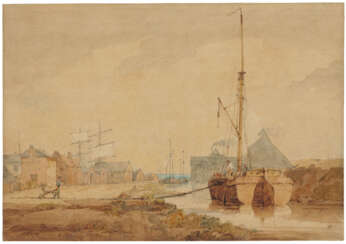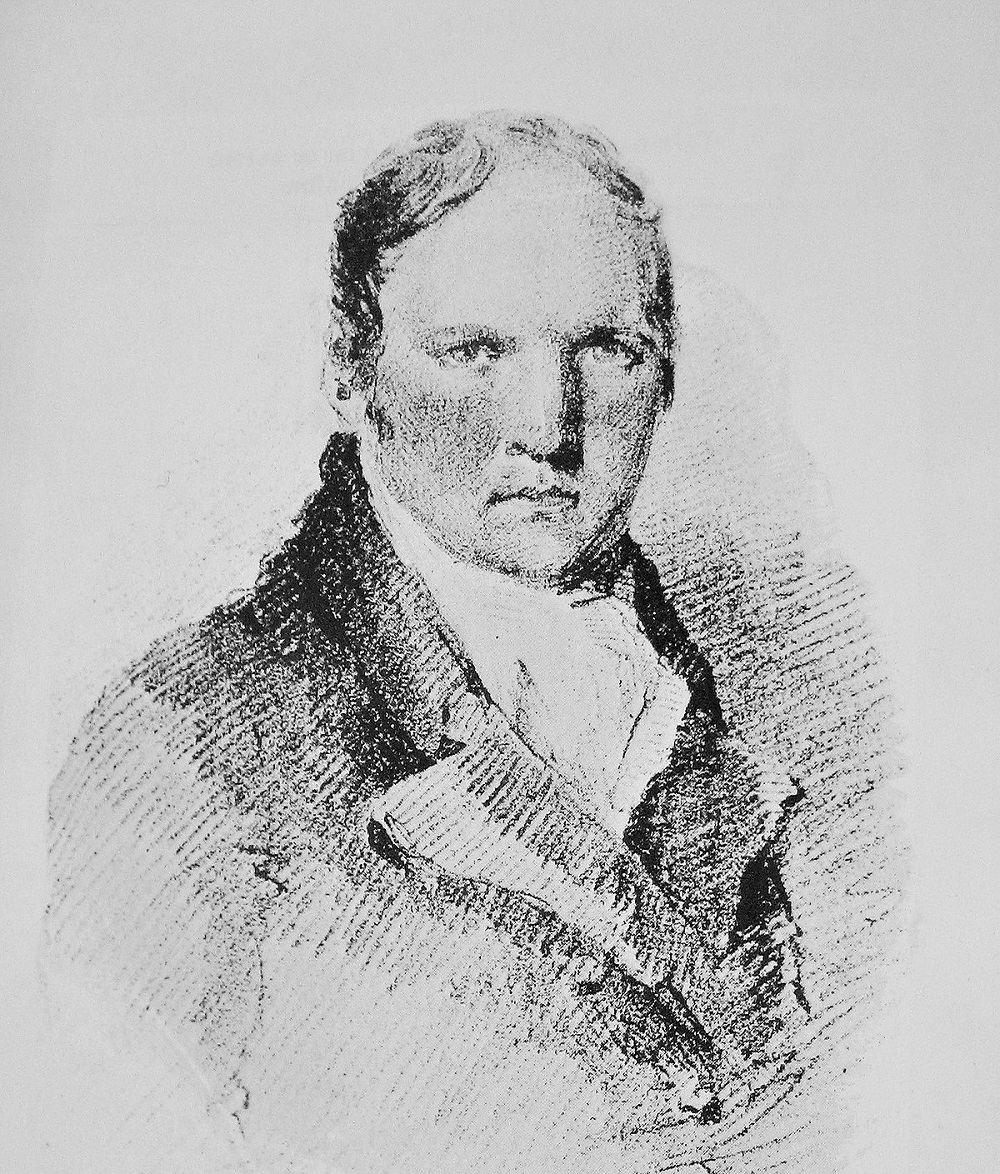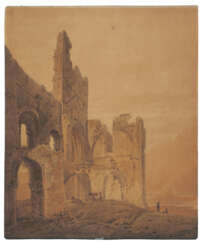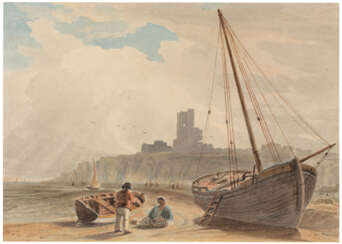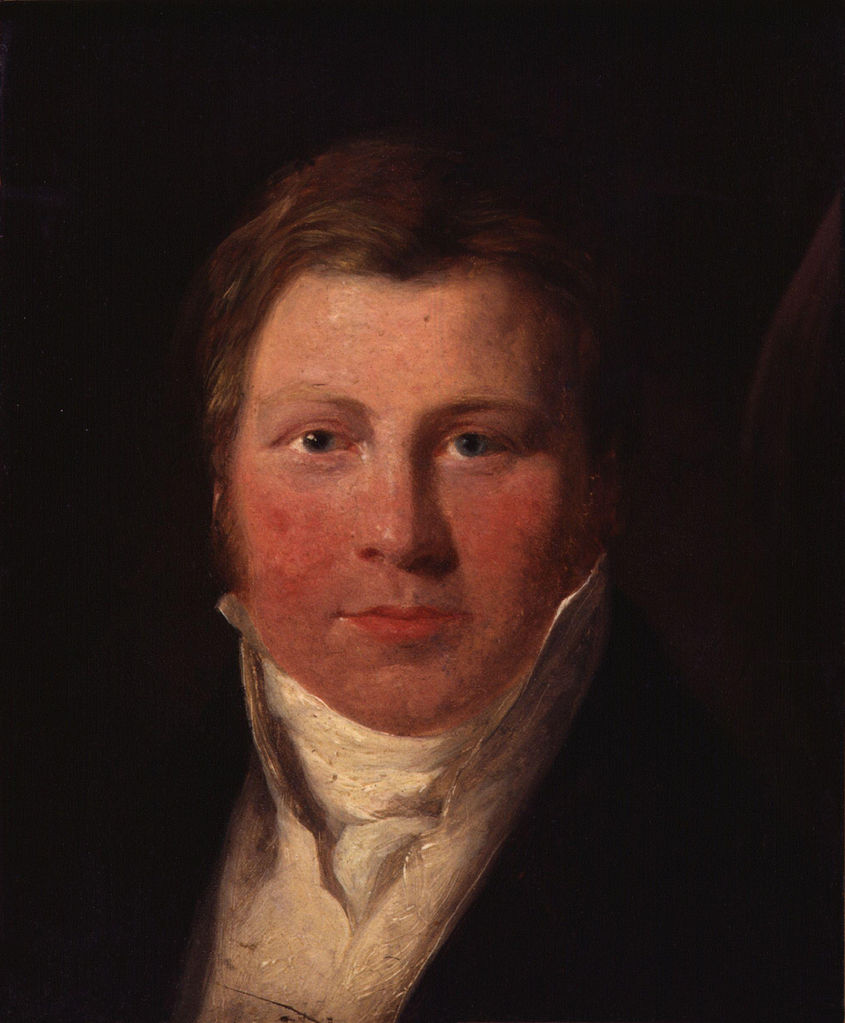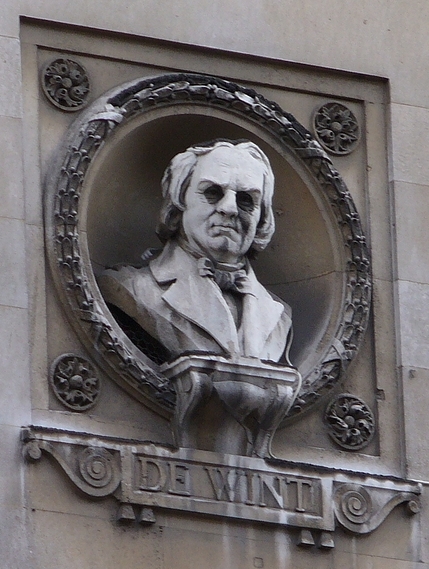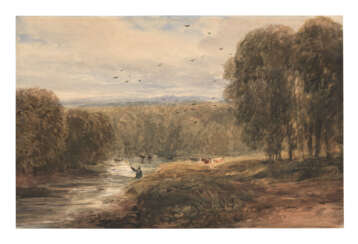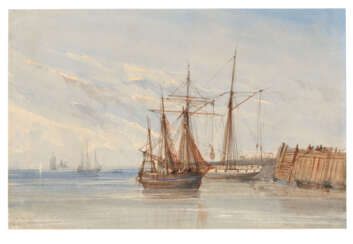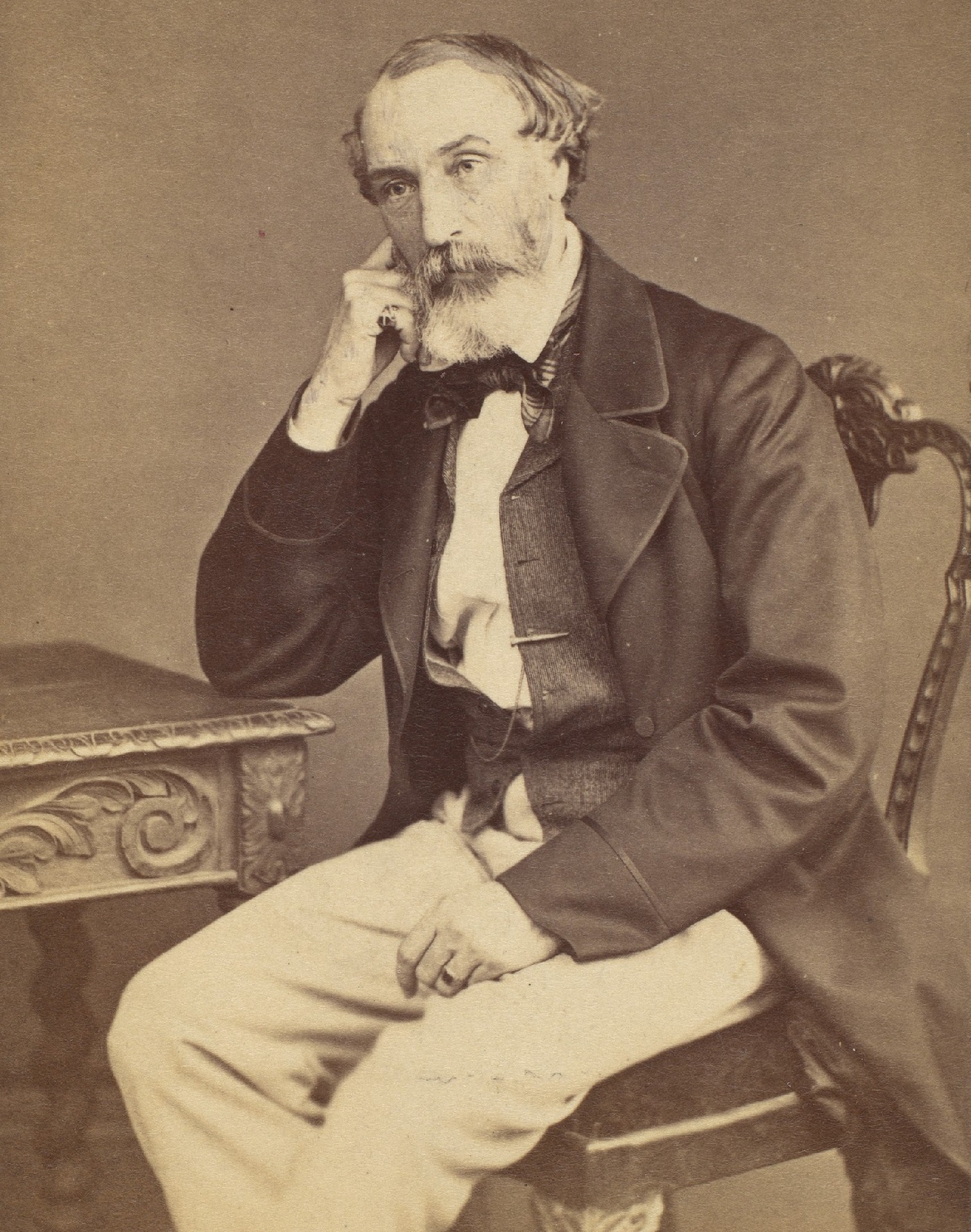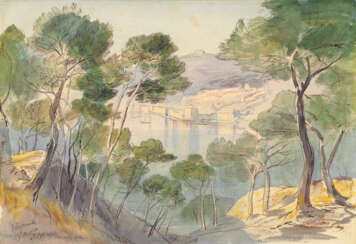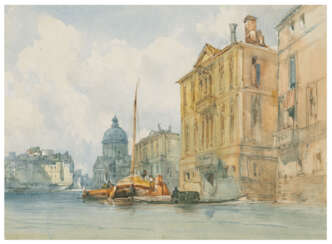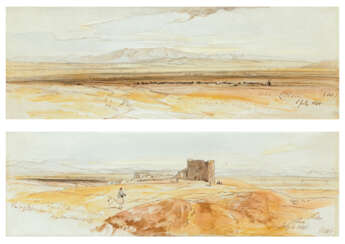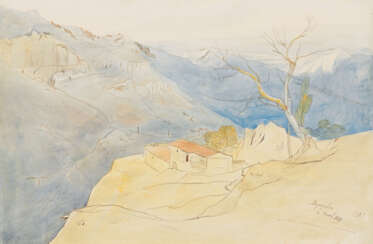
Paintings — Old Master & British Drawings & Watercolours
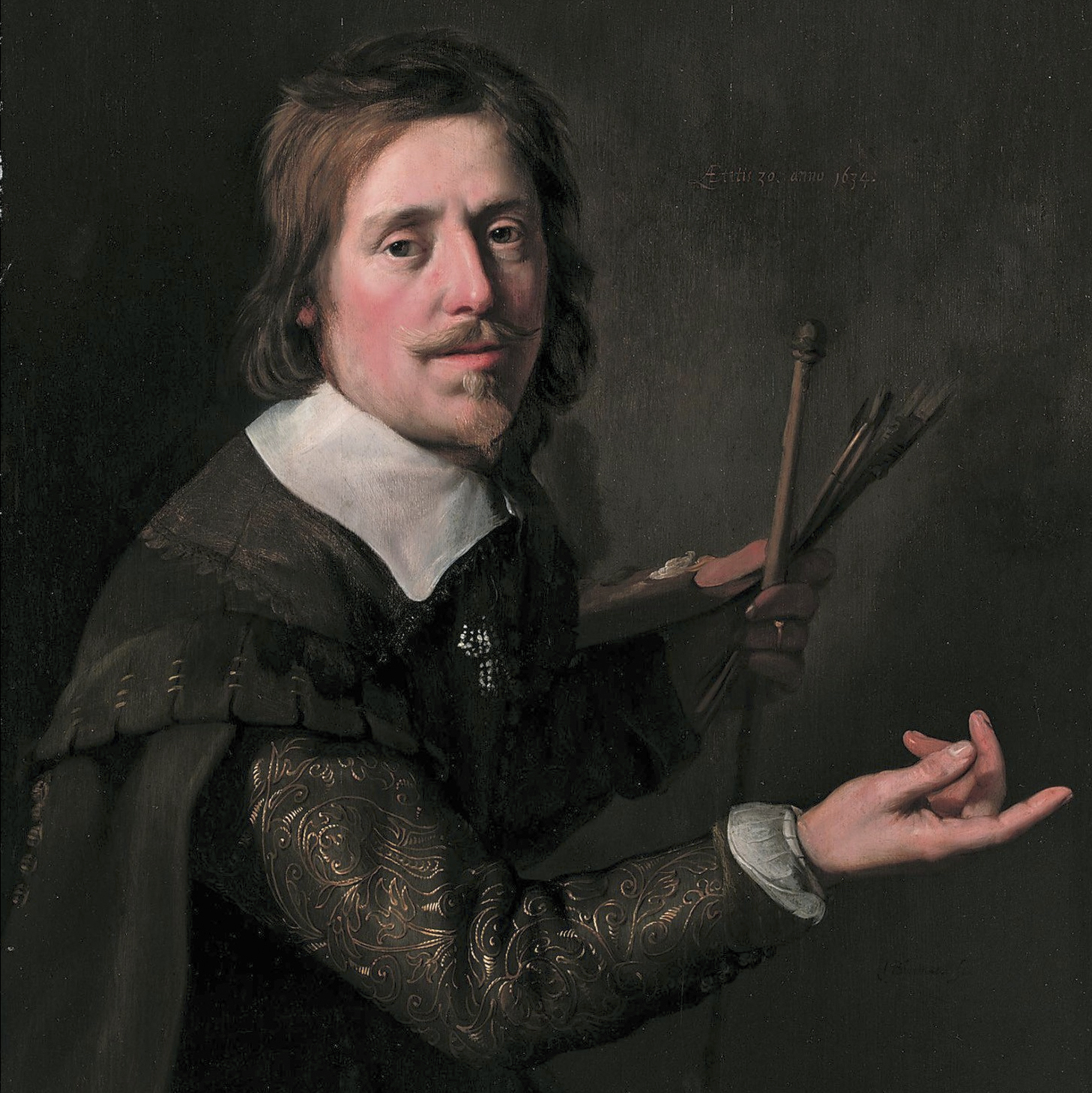
Gijsbert d'Hondecoeter was a Dutch landscape and animalier painter.
Hondecoeter belonged to a family of painters. His father was Gillis d'Hondecoeter and his son was Melchior d'Hondecoeter. Hondecoeter primarily painted works of barnyard fowl. Some of his works can be found at the Rijksmuseum Amsterdam. He became a member of the Guild of St. Luke in Utrecht in 1629. After he died in 1653, his brother-in-law and artist Jan Baptist Weenix continued the training of his son Melchior.
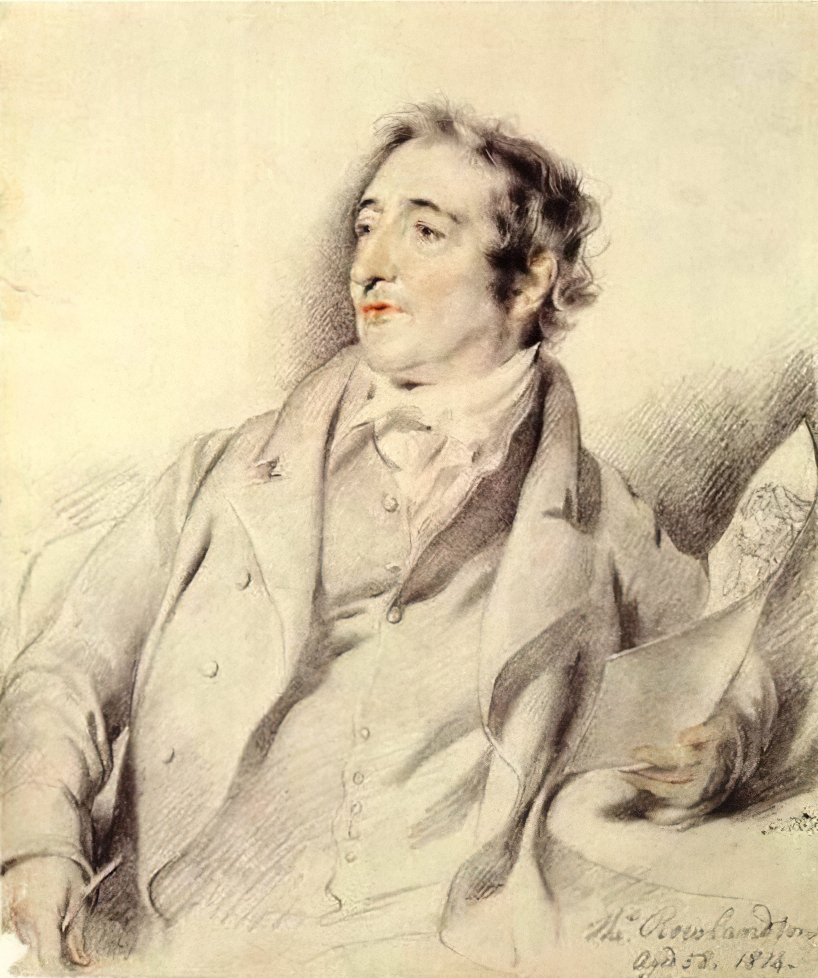
Thomas Rowlandson was an English artist and caricaturist of the Georgian Era, noted for his political satire and social observation. A prolific artist and printmaker, Rowlandson produced both individual social and political satires, as well as a large number of illustrations for novels, humorous books, and topographical works. Like other caricaturists of his age such as James Gillray, his caricatures are often robust or bawdy. Rowlandson also produced highly explicit erotica for a private clientele; this was never published publicly at the time and is now only found in a small number of collections. His caricatures included those of people in power such as the Duchess of Devonshire, William Pitt the Younger and Napoleon Bonaparte.
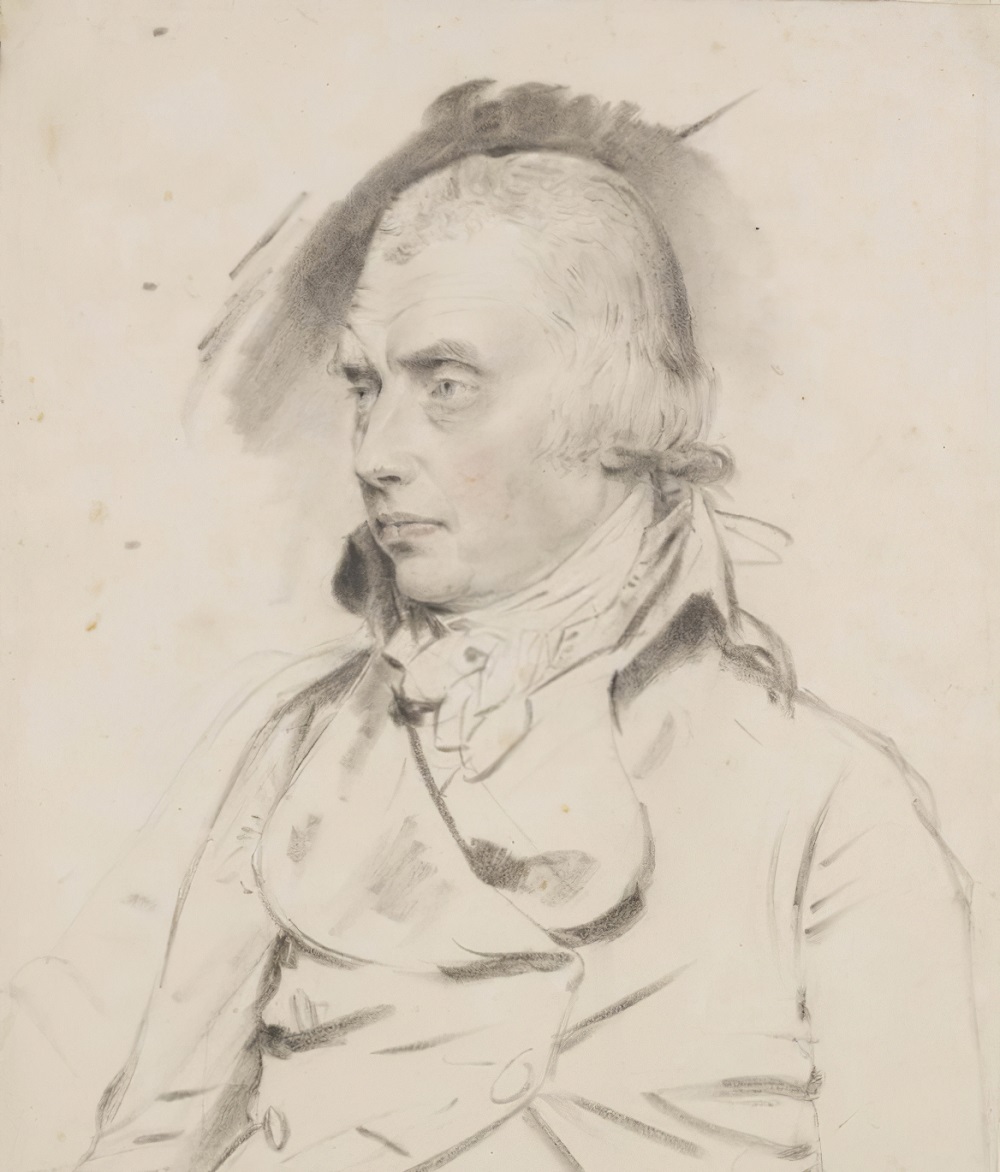
Francis Towne was a British watercolour painter of landscapes that range from the English Lake District to Naples and Rome. After a long period of obscurity, his work has been increasingly recognised from the early 20th century onwards.

Francis Towne was a British watercolour painter of landscapes that range from the English Lake District to Naples and Rome. After a long period of obscurity, his work has been increasingly recognised from the early 20th century onwards.

Thomas Rowlandson was an English artist and caricaturist of the Georgian Era, noted for his political satire and social observation. A prolific artist and printmaker, Rowlandson produced both individual social and political satires, as well as a large number of illustrations for novels, humorous books, and topographical works. Like other caricaturists of his age such as James Gillray, his caricatures are often robust or bawdy. Rowlandson also produced highly explicit erotica for a private clientele; this was never published publicly at the time and is now only found in a small number of collections. His caricatures included those of people in power such as the Duchess of Devonshire, William Pitt the Younger and Napoleon Bonaparte.
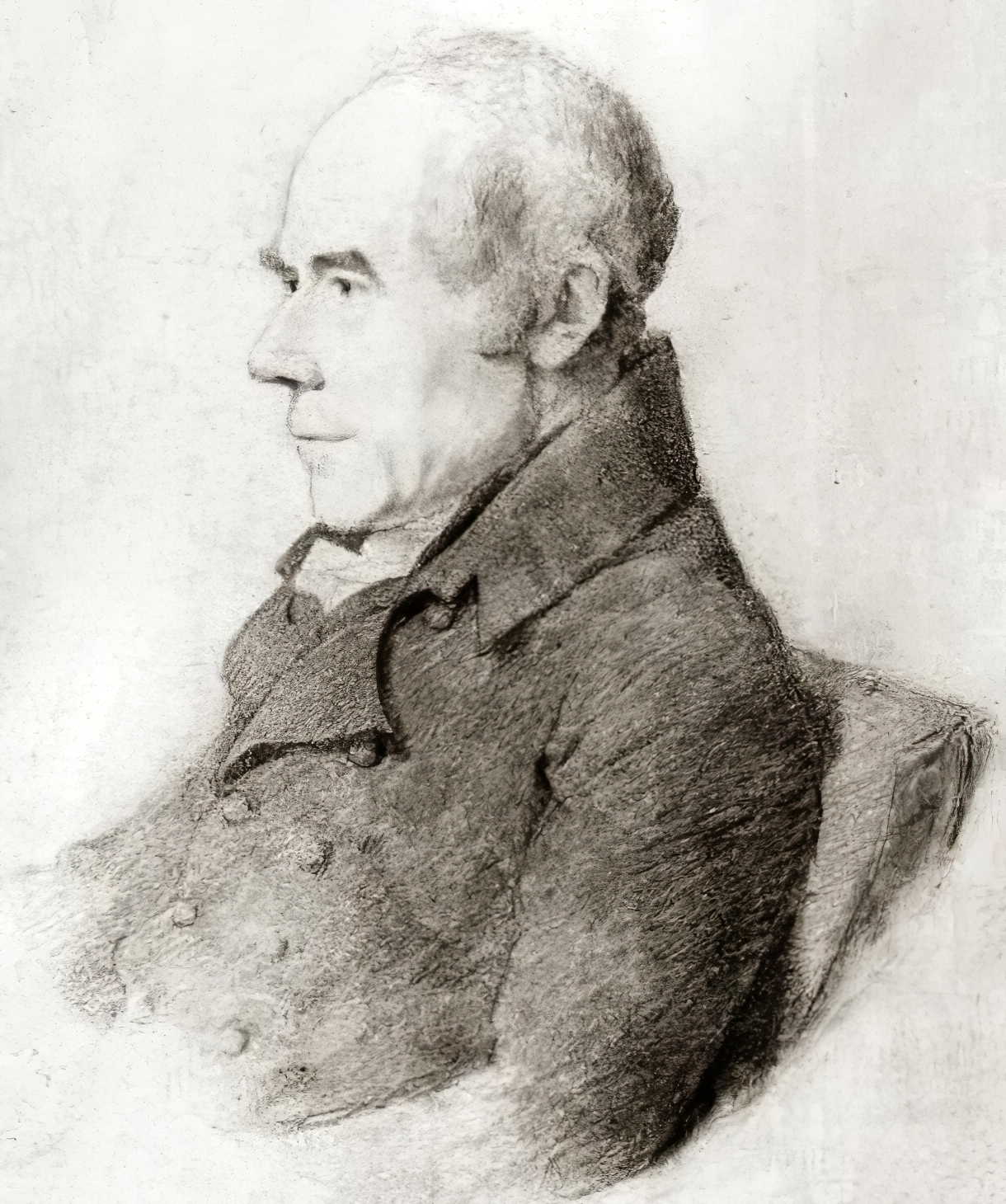
Thomas Daniell was an English landscape painter who also painted Orientalist themes. He spent seven years in India, accompanied by his nephew William, also an artist, and published several series of aquatints of the country.
_by_Henry_Edridge.jpg)
Thomas Girtin was a British watercolor painter.
Girtin, along with his artist friend J. M. W. Turner, was the founder of the national school of watercolor. Until the late 18th century, watercolor was mainly used for topographical works such as maps, but thanks to these two artists it became increasingly popular. Girtin developed his bold, spacious, romantic style, which had an indelible influence on English painting.
Girtin created many panoramic watercolor landscapes and views of London and Paris in the Romantic style. His giant panorama of London, Eidometropolis, was exhibited in 1802, shortly before his premature death.
_by_Henry_Edridge.jpg)
Thomas Girtin was a British watercolor painter.
Girtin, along with his artist friend J. M. W. Turner, was the founder of the national school of watercolor. Until the late 18th century, watercolor was mainly used for topographical works such as maps, but thanks to these two artists it became increasingly popular. Girtin developed his bold, spacious, romantic style, which had an indelible influence on English painting.
Girtin created many panoramic watercolor landscapes and views of London and Paris in the Romantic style. His giant panorama of London, Eidometropolis, was exhibited in 1802, shortly before his premature death.
_by_Henry_Edridge.jpg)
Thomas Girtin was a British watercolor painter.
Girtin, along with his artist friend J. M. W. Turner, was the founder of the national school of watercolor. Until the late 18th century, watercolor was mainly used for topographical works such as maps, but thanks to these two artists it became increasingly popular. Girtin developed his bold, spacious, romantic style, which had an indelible influence on English painting.
Girtin created many panoramic watercolor landscapes and views of London and Paris in the Romantic style. His giant panorama of London, Eidometropolis, was exhibited in 1802, shortly before his premature death.
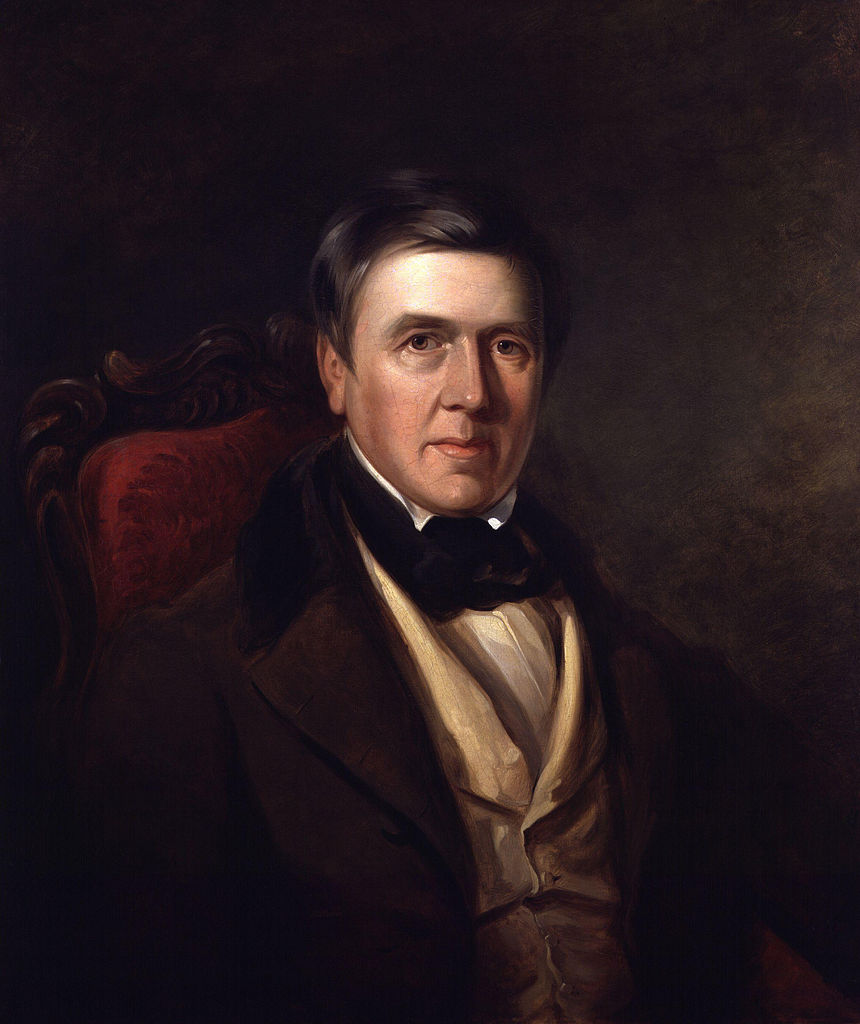
David Cox was a British landscape painter, celebrated for his pivotal role in the Birmingham School of landscape artists and as a precursor to Impressionism. Born in Birmingham in 1783, Cox initially worked in his hometown as a scene painter before pursuing a career in watercolors and, later, oils in London. His paintings are renowned for their dynamic depiction of the English and Welsh countryside, capturing the sublime effects of weather and light with a loose, expressive brushwork that distinguished him from his contemporaries.
Throughout his career, Cox experimented with various materials, notably adopting what came to be known as "Cox Paper," a rough paper that enhanced the textural effects of his watercolors. His works are held in high esteem and are part of collections in major museums, including The Metropolitan Museum of Art and the Tate Gallery, where his notable works such as "Journey Home" and "Rhyl Sands" are displayed.
In the latter years of his life, Cox returned to Birmingham, where he continued to innovate in both watercolors and oils until his death in 1859. His contributions to the landscape genre have left a lasting impact on the field of British art.
For collectors and art experts interested in David Cox's work, staying updated on sales and auction events can provide opportunities to acquire pieces by this influential artist. Sign up here to receive updates exclusively related to David Cox's artwork.

Edward Lear was an English artist, illustrator, musician, author and poet, who is known mostly for his literary nonsense in poetry and prose and especially his limericks, a form he popularised.

Edward Lear was an English artist, illustrator, musician, author and poet, who is known mostly for his literary nonsense in poetry and prose and especially his limericks, a form he popularised.

Edward Lear was an English artist, illustrator, musician, author and poet, who is known mostly for his literary nonsense in poetry and prose and especially his limericks, a form he popularised.

Edward Lear was an English artist, illustrator, musician, author and poet, who is known mostly for his literary nonsense in poetry and prose and especially his limericks, a form he popularised.

Edward Lear was an English artist, illustrator, musician, author and poet, who is known mostly for his literary nonsense in poetry and prose and especially his limericks, a form he popularised.
